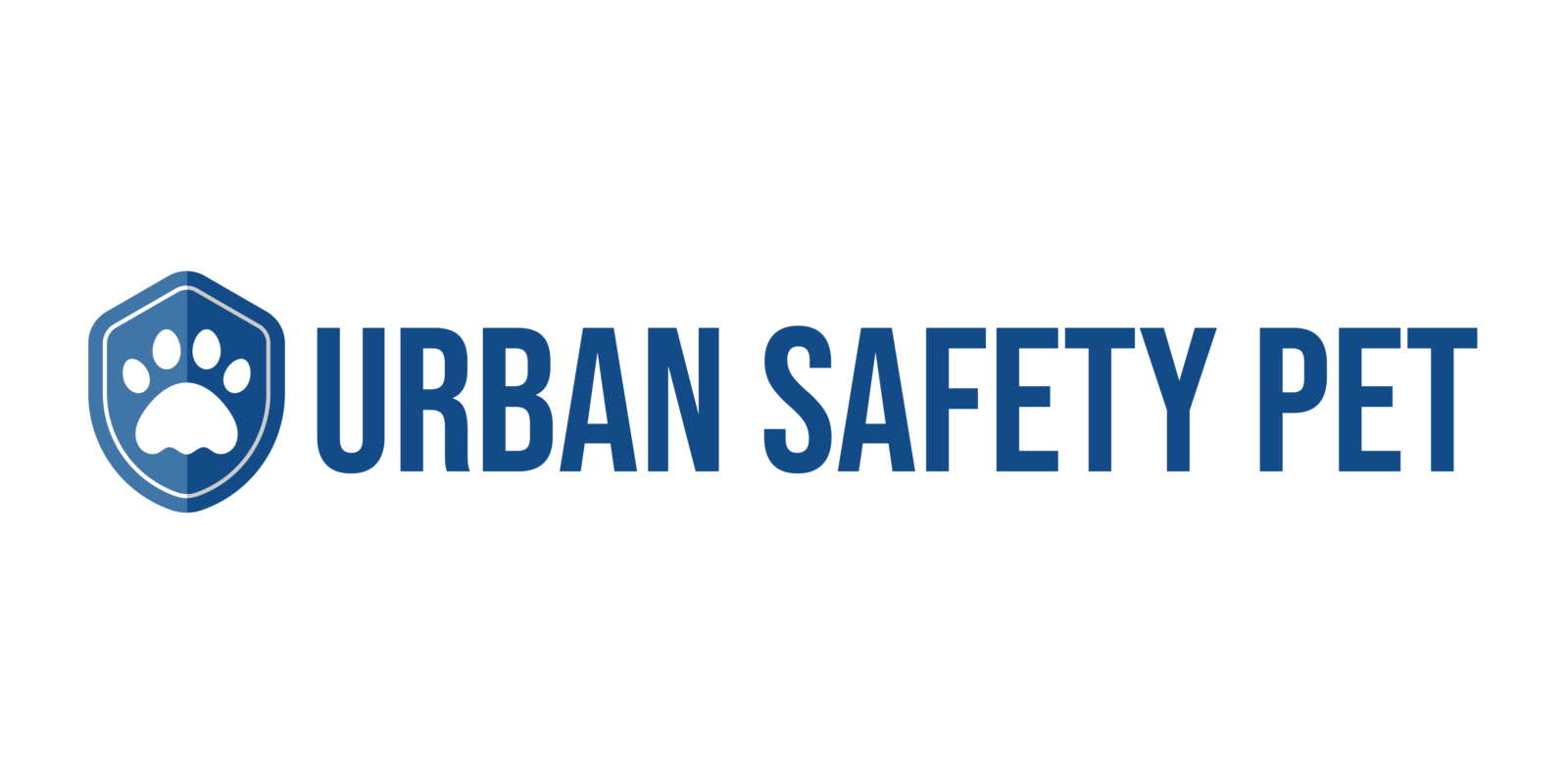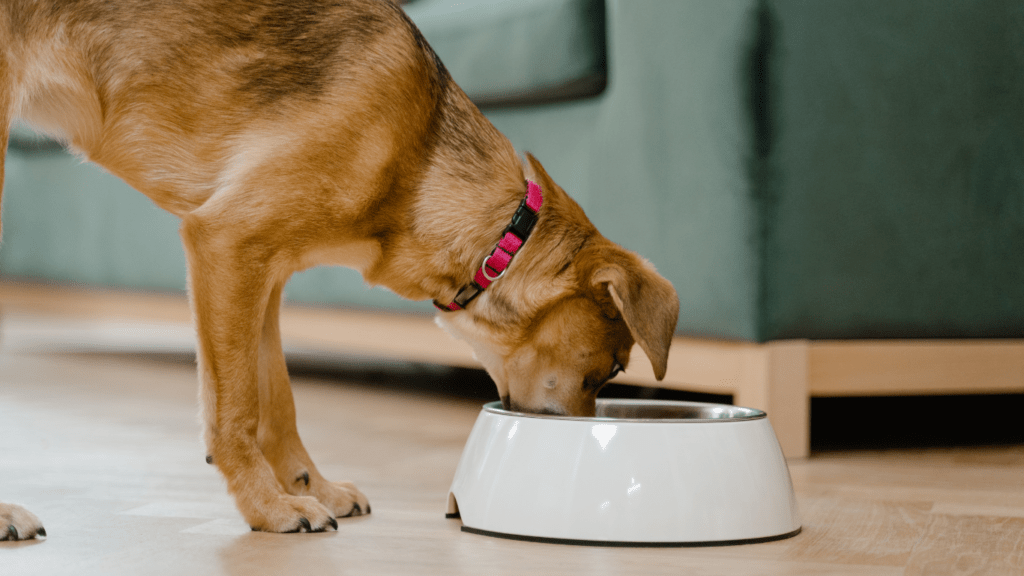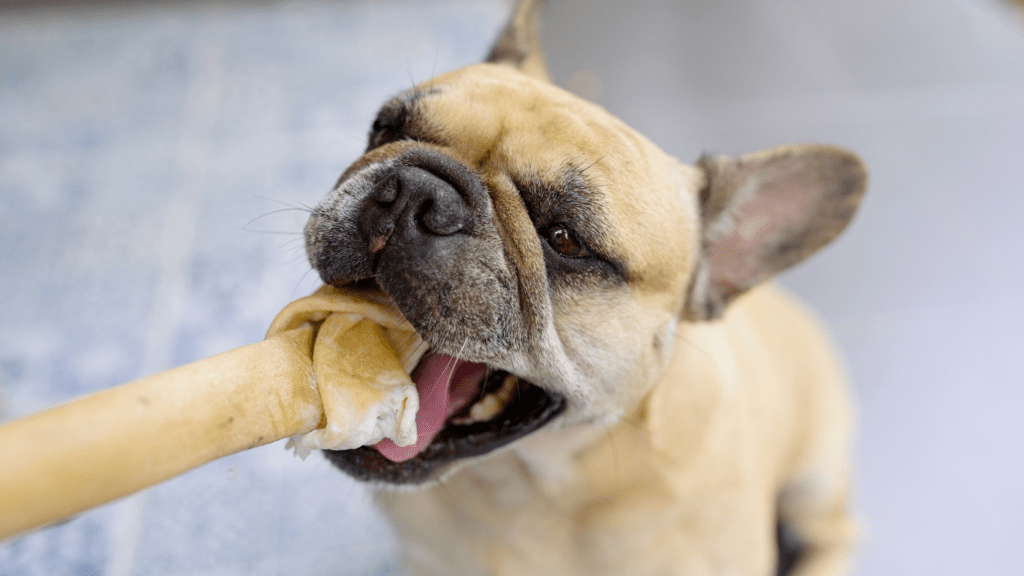Understanding Food-Related Allergies in Pets
Food-related allergies in pets can cause significant discomfort and health issues. It’s crucial to recognize the symptoms and identify the common allergens.
Common Symptoms
Common symptoms of food-related allergies in pets include itchy skin, digestive issues, and ear infections. Skin problems often manifest as red, inflamed areas or excessive scratching. Pets may also experience:
- vomiting
- diarrhea
- frequent bowel movements
Chronic ear infections, characterized by redness and a foul odor, may also point to an allergic reaction. These indicators can help pinpoint food allergies when combined with diet history.
Types of Food Allergens

Types of food allergens affecting pets vary but often revolve around common protein sources. Beef, chicken, and dairy products frequently trigger allergic reactions.
Grains such as wheat, soy, and corn are also culprits. Hypersensitivity to these ingredients can lead to the aforementioned symptoms. Identifying and avoiding these allergens involves a careful review of pet food labels and selecting hypoallergenic options if needed.
Identifying Food Allergies
To effectively address food-related allergies in pets, it’s crucial to identify them correctly. Different approaches help pinpoint allergens and find suitable dietary solutions.
Diagnostic Tests
Veterinarians use diagnostic tests to identify specific food allergies in pets. Blood tests and skin tests measure the immune response to various food proteins. These tests help determine the precise allergens causing symptoms. While these methods offer valuable insights, they might not identify every possible allergen.
Observational Methods
Observing pets’ reactions to different foods can also help identify food allergies. An elimination diet involves feeding pets a novel protein source and carbohydrate they haven’t consumed before, then gradually reintroducing common allergens to monitor reactions. Symptoms like itching, digestive problems, or ear infections indicate sensitivity to the reintroduced food. This method requires patience and careful monitoring to ensure accurate results.
Dietary Management Strategies
Dietary management strategies play a crucial role in preventing food-related allergies in pets. Effective intervention begins with careful consideration of food choices.
Elimination Diets
Elimination diets serve as a pivotal method in identifying food allergies in pets. An elimination diet involves feeding your pet a novel protein source, one they’ve never consumed before, and eliminating all other protein sources for a specified period, often 8-12 weeks.
Throughout this phase, monitor for any allergic reactions. If symptoms resolve during this period, reintroduce individual proteins one at a time, observing for any recurrence of symptoms. This systematic approach helps isolate the exact allergen causing the issue, enabling a more tailored dietary plan.
Hypoallergenic Foods
- Hypoallergenic foods can significantly assist in managing food-related allergies. These foods, designed to reduce allergic reactions, typically use hydrolyzed proteins or limited ingredients.
- Hydrolyzed proteins are broken down into smaller molecules, making them less likely to trigger an immune response.
- Limited ingredient diets (LIDs) contain fewer components, minimizing the potential allergens.
- Hypoallergenic commercial diets, often available at pet stores or through veterinary prescription, provide a convenient option for pet owners looking to manage their pets’ food allergies effectively.
- Every step in this dietary management, from elimination diets to hypoallergenic foods, aims to ensure pets enjoy a healthier, allergy-free life, improving their overall well-being and quality of life.
Preventative Measures
Providing pets with safe, nutritious food involves taking several proactive steps to avoid food-related allergies. Two key practices include reading ingredient labels carefully and introducing new foods gradually.
Reading Ingredient Labels
Checking pet food labels is essential for preventing food allergies. By doing so, ingredients that commonly cause allergic reactions, such as beef, chicken, dairy, and grains, can be avoided. Look for hypoallergenic foods featuring hydrolyzed proteins or limited ingredients for reduced risk. Make sure ingredient lists are scrutinized regularly, as manufacturers might change formulations without notice.
Introducing New Foods Gradually
Introducing new foods to pets slowly helps prevent allergic reactions. Start by mixing small amounts of the new food with their current diet. Gradually increase the proportion of new food over a week while monitoring for any adverse reactions like itching, diarrhea, or vomiting. Sticking with this method ensures pets can adjust to new ingredients without overwhelming their digestive systems.
Consulting with a Veterinarian
Consulting with a veterinarian is crucial in managing and preventing food-related allergies in pets. A vet’s insight ensures accurate diagnoses and effective treatment plans.
Regular Check-Ups
Regular check-ups, scheduled at least once a year, help in early detection of potential food allergies. During these visits, veterinarians evaluate your pet’s overall health and identify any allergy symptoms. Consistent exams and diagnostic tests, such as blood tests or skin tests, pinpoint specific allergens.
Professional Guidance
Professional guidance allows tailored dietary recommendations for your pet. Veterinarians can recommend hypoallergenic foods or prescribe specialized diets based on your pet’s needs. They also monitor your pet’s response to dietary changes, ensuring the chosen plan effectively alleviates allergy symptoms.




